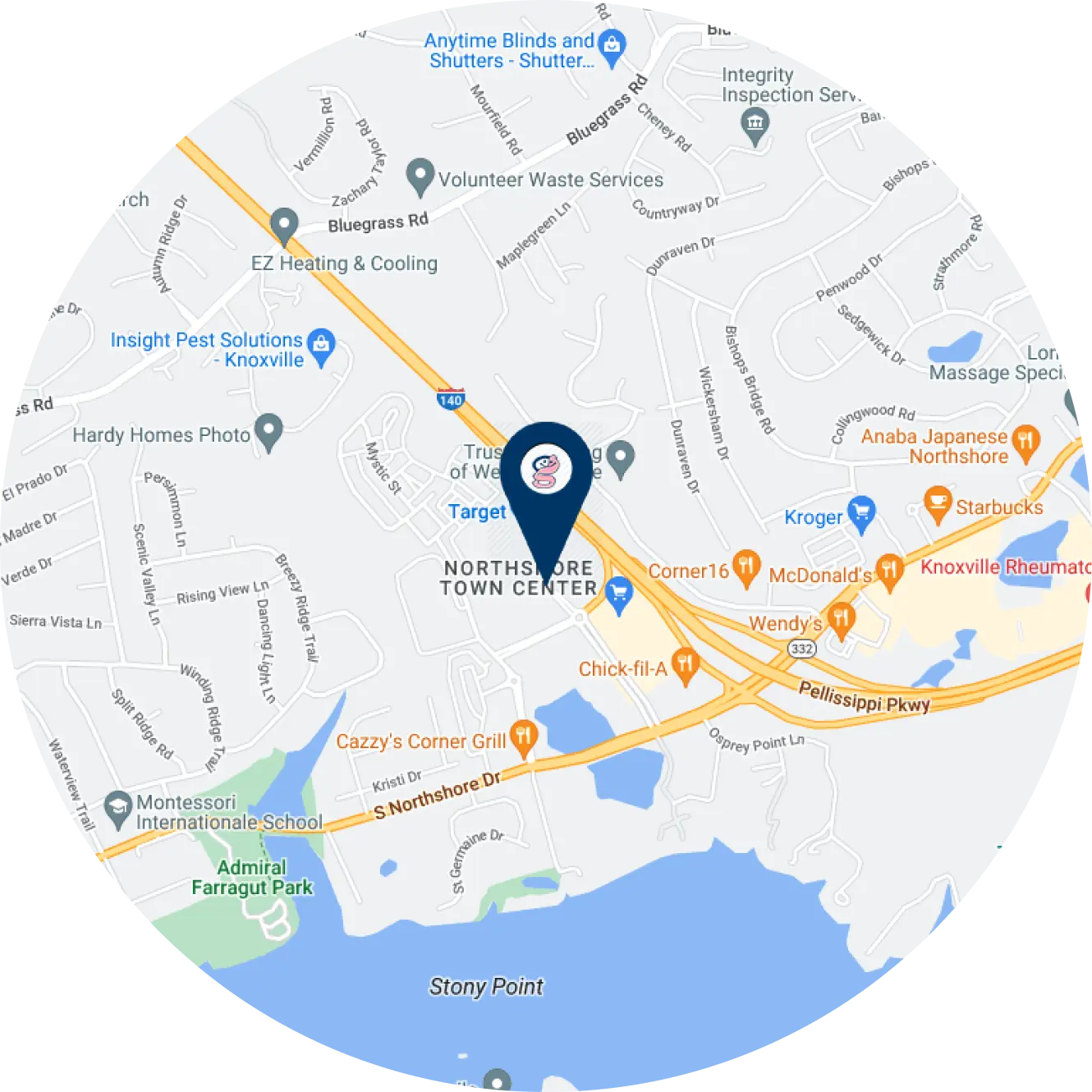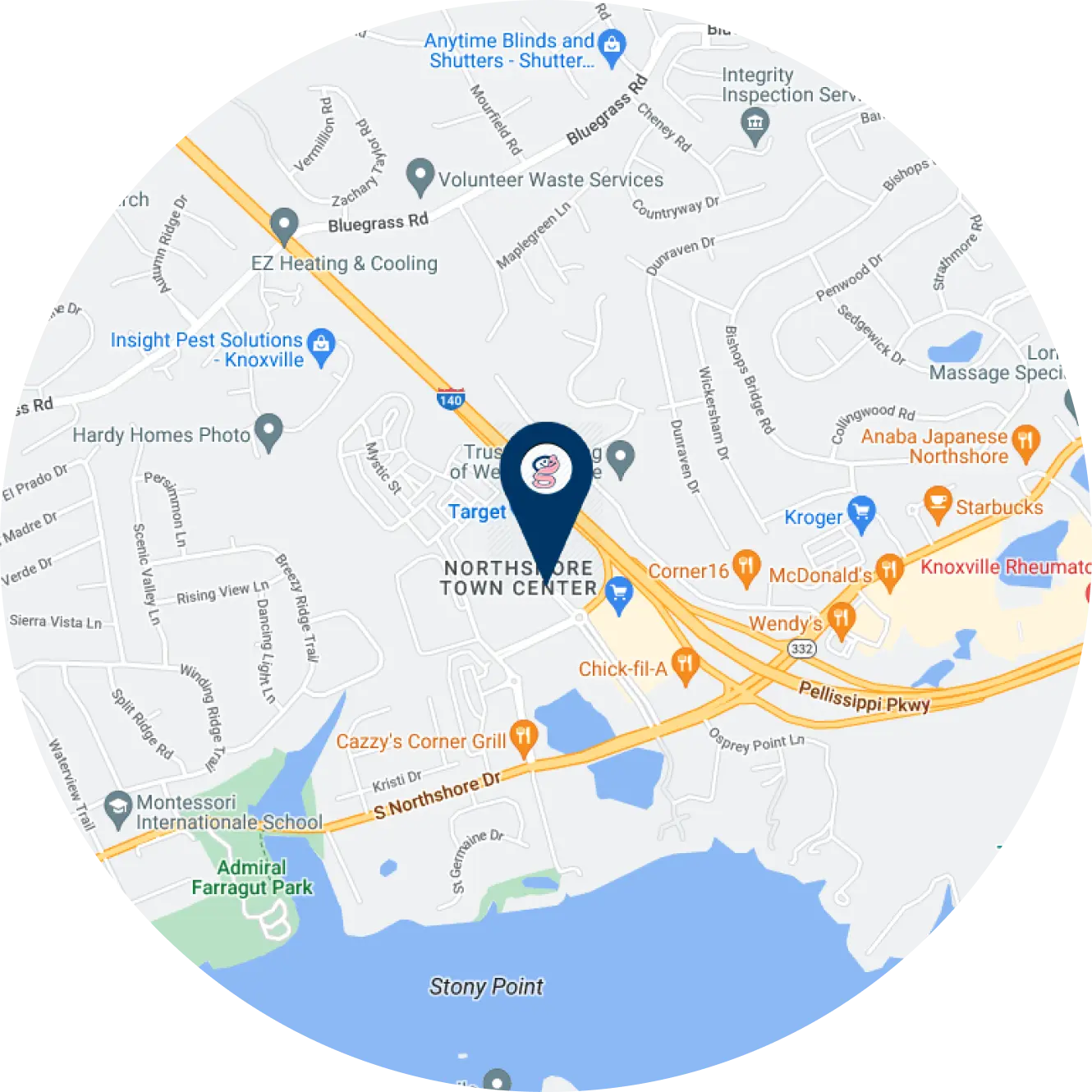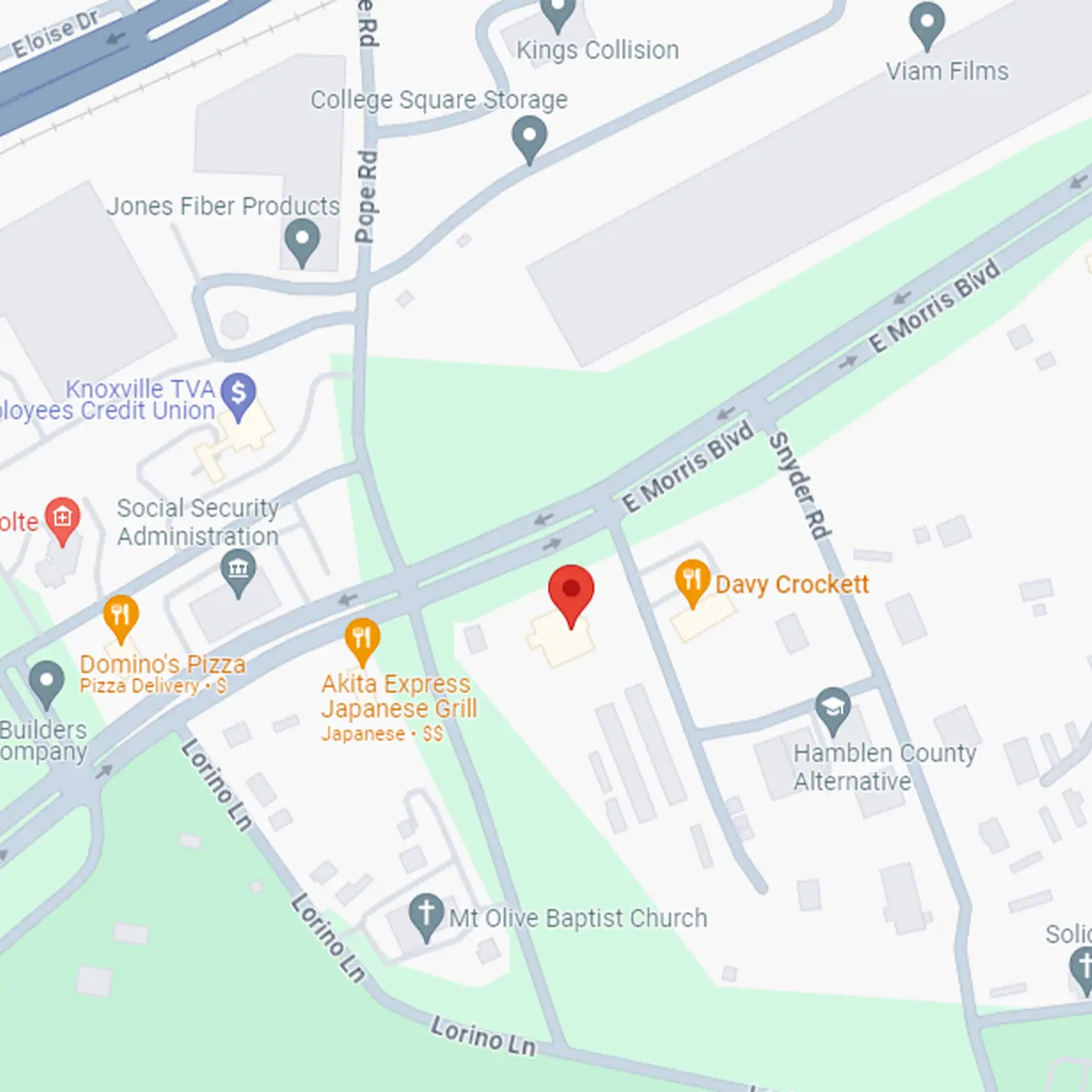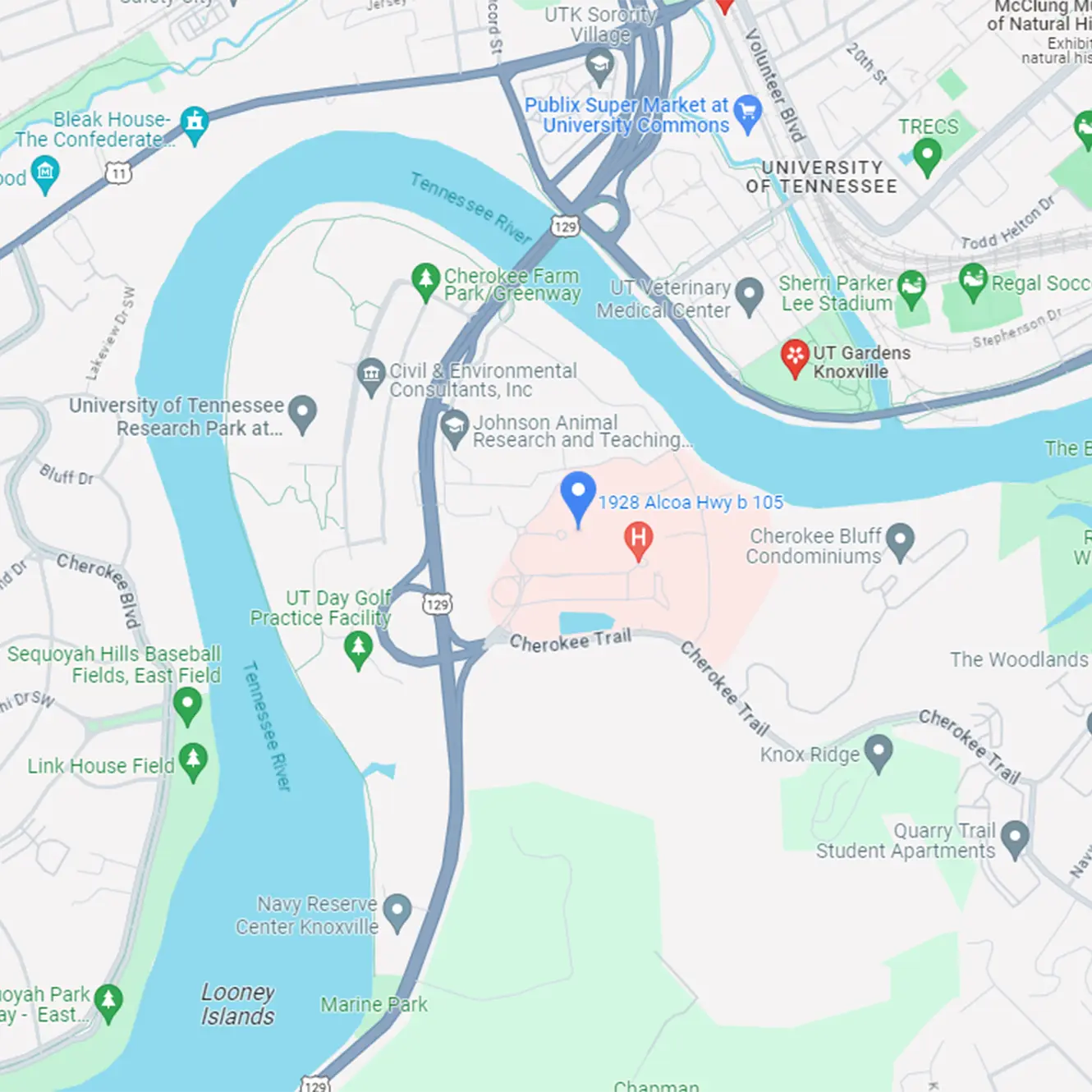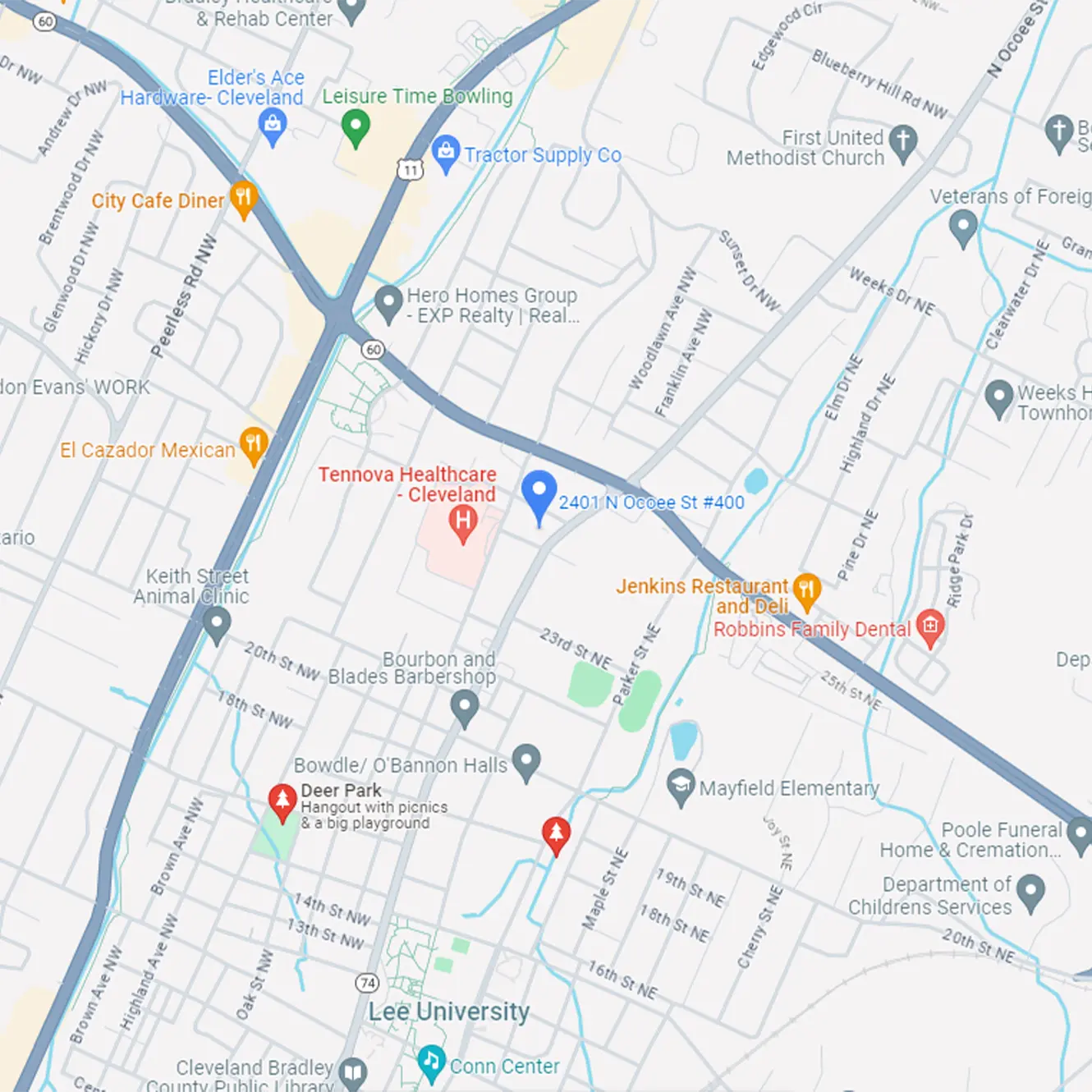Pinworms
Pinworms are small worms (parasites) that live in the digestive system of people, and are common in school-aged children. Pinworm eggs are spread directly from person to person. Children are infected when they touch something that has pinworm eggs and then put their fingers in their mouth. The eggs are swallowed and hatch in the small intestine in 1-2 months. The worms become adults while living in the colon. Female worms move to the child’s anal area, especially at night and deposit more eggs. This may cause a lot of itching. When the child scratches the itching anal area, the eggs can get under the child’s fingernails. These eggs can be transferred to other children, family members, and items in the house.
Pinworm infections are very common with approximately 40 million cases each year in the United States. Anyone can develop a pinworm infection, but the infection occurs more in children ages 5 – 10 years. Pinworm infections are rarely a serious health issue and are usually more annoying than dangerous.
People can become infected by swallowing pinworm eggs that are on things such as:
- Bed linens
- Towels
- Clothes (especially underwear or pajamas)
- Toilets
- Bathroom fixtures
- Drinking glasses
- Forks, spoon, knives
- Toys
- Kitchen counters
- Desks or lunch tables at school
- sandboxes
Symptoms
The most common symptom of a pinworm infection is itching around the anal and buttocks area. The itching is usually worse at night when the female pinworm is active depositing her eggs. If severe scratching occurs, the area may become red and irritated which can lead to a secondary bacterial infection. Pinworms do not cause abdominal pain, bloody stool, fevers, or poor appetite.
Diagnosis
If a child has a pinworm infection, you can see worms in the anal area. They are white or yellowish white in color, approximately ¼ – ½ inch long, and look like a piece of thread. They will also move or wiggle. The best time to check for pinworms is at night a few hours after your child has fallen asleep or very early in the morning. The easiest way to see them is to shine a flashlight on the child’s anus and see if anything is moving.
Your doctor may ask you to place a sticky piece of clear cellophane tape against the child’s rectum. Pinworm eggs will stick to the tape and can been seen under a microscope. The best time to take a sample is at night or early in the morning before a bath. The doctor may also take a sample from under the child’s finger nails.
Treatment
There are several medicines that can be taken to get rid of pinworms. Albendazole (Albenza) is the most common treatment. A single tablet kills the worm. Because eggs can survive for a few weeks after taking the medicine, a second dose two weeks later helps to keep from getting the infection again. It is also taken in a single dose and repeated two weeks later.
Pinworm eggs can live on surfaces for up to two weeks. To reduce the risk of re-infection or cross infection, the following steps should also be taken:
- Practice good personal hygiene by thoroughly washing hands and under the fingernails after each use of the toilet and before eating.
- Keep fingernails cut short because eggs can collect here.
- Clean and launder, at hot temperature, all bedding, clothing, and toys to destroy any remaining eggs.
- Vacuum or wet-mop the child’s bedroom at least once a week for two weeks.
- Wash underwear and pajamas daily for two weeks.
- Launder all bedding every 3 – 7 days for three weeks.
Pinworms are mildly contagious. Family members should only be treated if they have symptoms. If another child sleeps with the infected child, they should be treated also.
When to Call the Doctor
After the initial treatment, your child should be feeling better in a couple days. Call your doctor if:
- Anal itching continues for more than 1 week
- Skin around the anus becomes red or tender.









